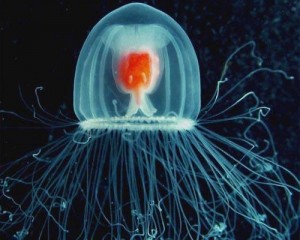
Julie Beck reports in Popular Science:
The meanies aren’t necessarily more physically attractive than anyone else, they are just better at using what the study calls “adornments” (clothes, makeup and the like) to make themselves seem more appealing. The researchers, Nicholas Holtzman and Michael Strube at Washington University in St. Louis, had their subjects remove all makeup, pull long hair back into a ponytail and don a white T-shirt and grey sweatpants. They were rated on their attractiveness in this unadorned state, set loose to adorn themselves to their hearts’ content, and rated again. All three Dark Triad traits were associated with higher attractiveness inthe adorned state, when controlling for attractiveness in the unadorned state. So you can take some small comfort in knowing that mean people are just as ugly as the rest of us, they’re just better at fooling everyone into thinking they’re hot.
The study suggests a possible reason why these subjects were compelled to make themselves more attractive: “When people high in Dark Triad [i.e. mean] traits dress-up, they may experience greater increments in self-esteem or derive more satisfaction from the additional attention they receive, compelling them to continue dressing well.”
Also see Scientific American.

